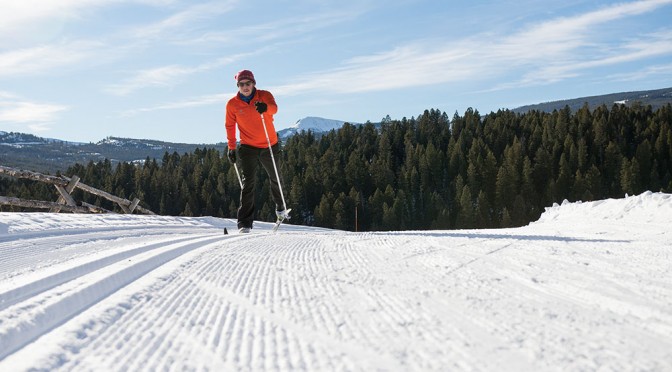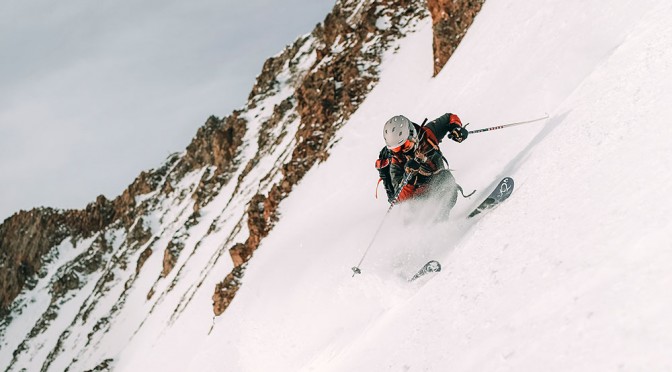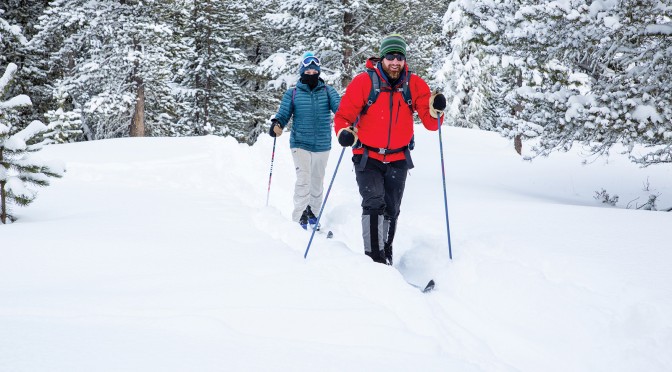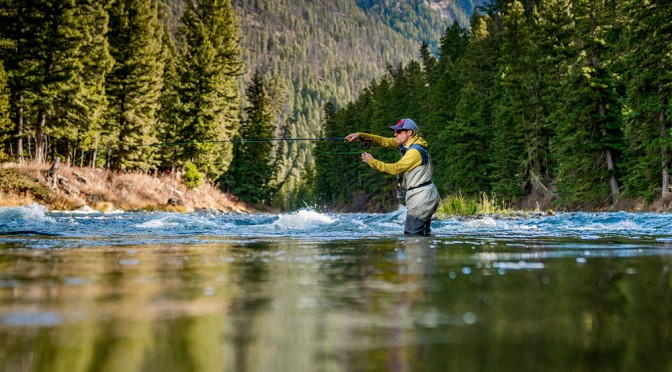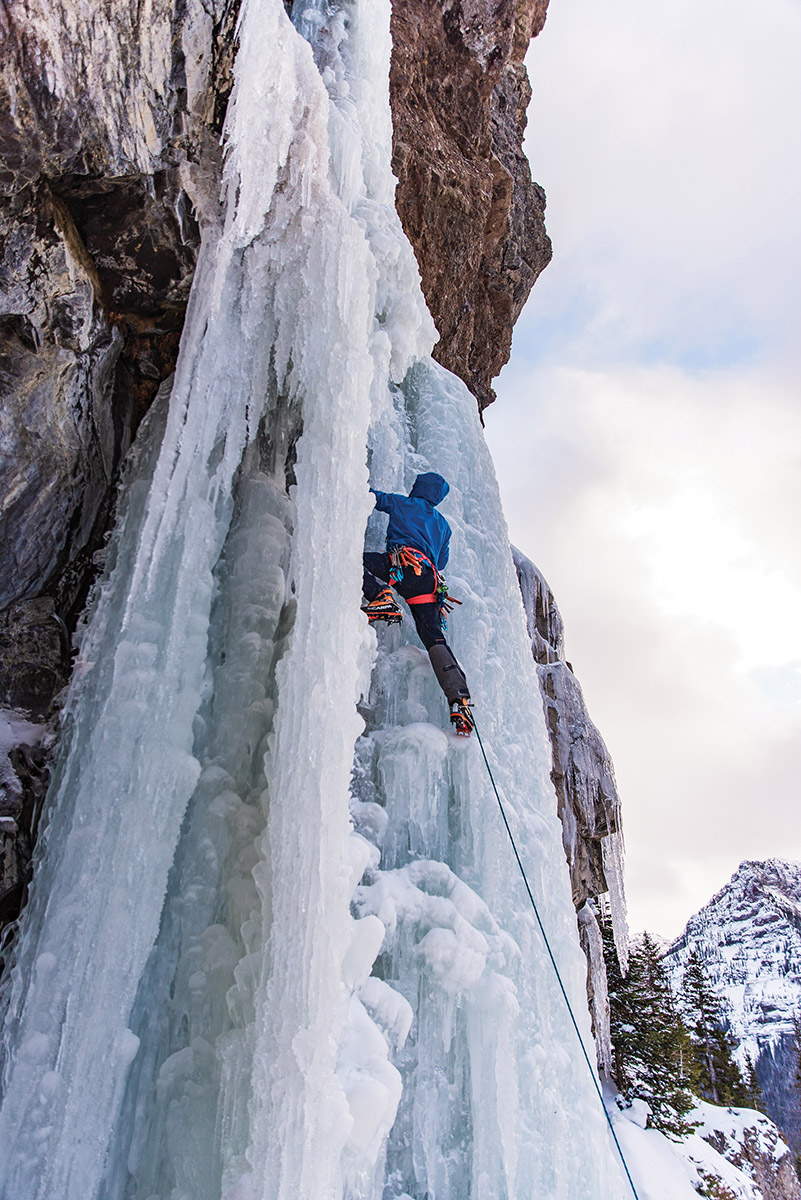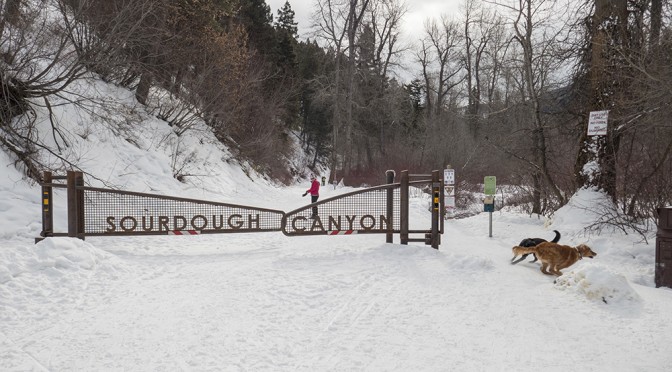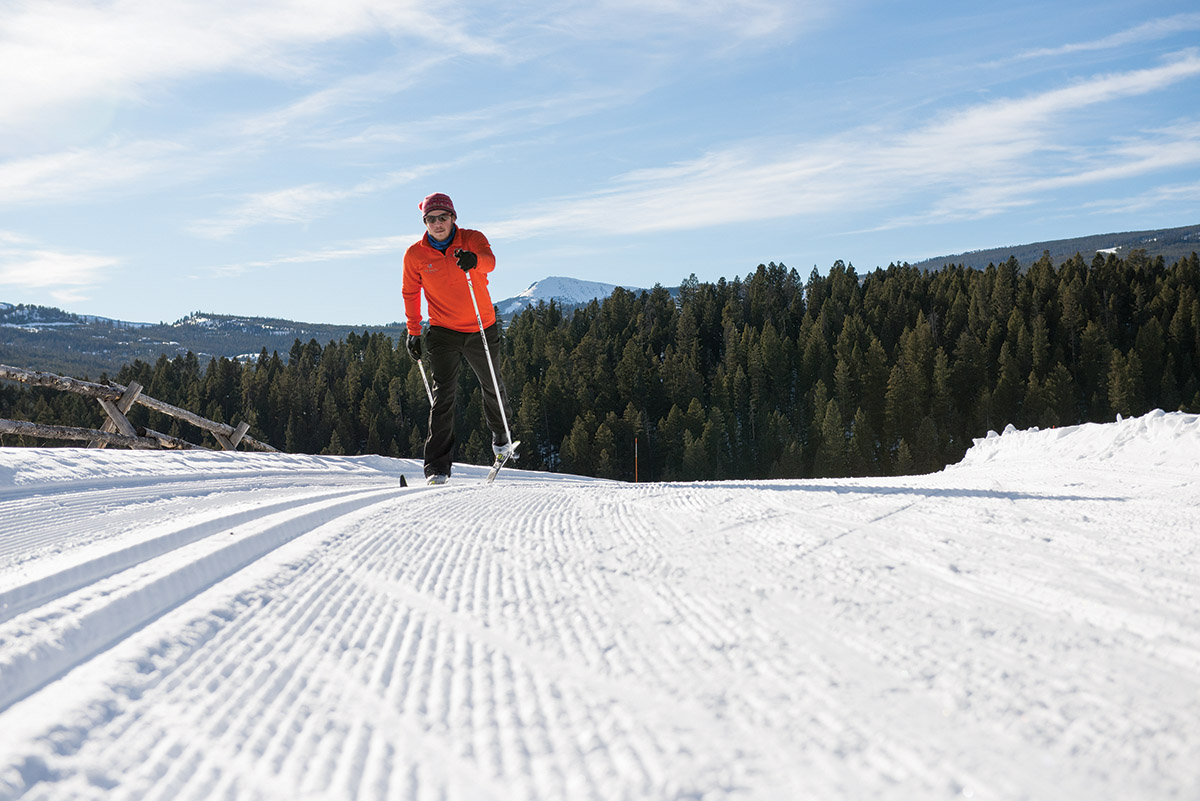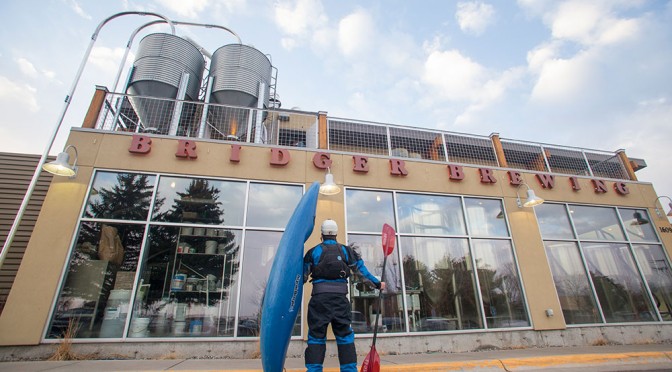by Cordelia Pryor
Winter in Montana is long, and while alpine skiing might be its most famous activity, Nordic skiing is another great way to get outside and actually enjoy the cold. It also helps you stay in shape and is simple enough for anyone to learn. Classic connoisseurs can enjoy both groomed and ungroomed trails, while skate skiers will find plenty of luxurious corduroy on which to push and glide. There’s a huge variety of terrain in and around Bozeman, and a really cool community to dive into—the backbone of which is the Bridger Ski Foundation (BSF), which maintains many of our local trails. Consider buying an optional trail pass to support their efforts.
Gearing Up
One of the great things about Nordic skiing is that there’s less gear and it’s (mostly) cheaper than a downhill setup. All you need are skis, boots, poles, and some comfy layers you can move in. Buying used gear is a great way to save cash, and you can always find a setup at a secondhand store or BSF’s annual Ski Swap. Or, rent equipment from somewhere like Chalet Sports or Round House, then buy once you know the style of skiing and type of ski that suits you best.
When it comes to clothing, anything warm, breathable, and waterproof will work for classic skiing. Use what you have before buying activity-specific items. For skate-skiing, breathability and freedom of movement are more important than warmth, as you’ll likely be sweating up a storm. Racers wear spandex and other form-fitting apparel, but that’s overkill for the recreational skier.
Classic skiers should keep in mind that they have two very different options: in the track and out. Track skis are generally skinnier and longer, and tend to perform poorly outside the groomed trails. Non-track skis vary widely in terms of width, length, and suitability for different terrain. Some of them will fit in the track and do just fine, while others are meant for off-trail travel. A little homework, online and at your local outdoor shop, will help you determine which type of ski—and which type of terrain—is best for you.
MSU students (and Alumni Association members) can rent a range of Nordic gear from the Outdoor Rec Center, for great prices.
Where to Go
While skate-skiers need a groomed trail, many classic skiers prefer snowed-over hiking paths and logging roads to a groomed track. These off-track options can be found in nearly every direction. What follows here is a list of groomed trails in the area, for skate-skiers and classic track-skiers. For tips on off-track outings, check out the Trails section on outsidebozeman.com.
Bridger Creek Golf Course
Level: Beginner
Cost: Free (but consider buying a trail pass)
The Trails: This is a great spot for Nordic novices. With its easy, sweeping loops, you can hit the trails on both sides of the road and really get your footing. The northern side features slightly more varied terrain than the southern side, but the whole area is pretty mild and allows you to get your technique down without struggling (too much).
Highland Glen & Sunset Hills
Level: Intermediate, Advanced
Cost: Free (but consider buying a trail pass)
The Trail: Highland Glen and Sunset Hills have several different loops for you to twist together in a variety of combinations. Close to town, these spots are an easy mid-day hit. They have a few steep climbs to get your heart pumping, and the fast descents are always a blast.
Sourdough Canyon
Level: Intermediate
Cost: Free (but consider buying a trail pass)
The Trail: Sourdough is a Nordic nut’s paradise—it’s groomed for miles and climbs steadily at a mild incline along Bozeman Creek. Whether it’s a quick mile or a half-day haul, you can customize the length to your liking. Dogs are allowed, but scoop the poop and keep Bridger under control, lest you ruin the skiing experience for everyone else.
Hyalite Canyon
Level: Intermediate, Advanced
Cost: Free (but consider buying a trail pass)
The Trails: Hyalite has a great mix of almost 20 miles of groomed and ungroomed terrain. The groomed trails traverse unused logging roads, hiking trails, and connector trails with terrain for most skill levels. Dogs are allowed as well.
Crosscut Mountain Sports Center
Level: Beginner, Intermediate, Advanced
Cost: $20 adult day pass, $250 season pass
The Trails: Crosscut is basically a small Nordic resort, and you’ll be dazzled by the well-maintained and seemingly endless trails. With the wide, flowing, and color-coded trails, skiers can find the right trails for their skill level. Throughout the season, Crosscut hosts events and races, so keep an eye on the calendar.
Lone Mountain Ranch, Big Sky
Level: Beginner, Intermediate, Advanced
Cost: $25 adult day pass, free to overnight guests
The Trails: Whether you head down the canyon for just a day, or stay at the ranch for a luxurious mountain getaway, over 50 miles of trails await. If you’re up for it, tackle the big leg-burning climbs and fast downhills.
Rendezvous Ski Trails, West Yellowstone
Level: Beginner, Intermediate, Advanced
Cost: $8 adult day pass, $45 season pass
The Trails: The Rendezvous trail system is worth the drive. On these peaceful wooded trails, it’s easy to spend a whole day exploring, and there are handy maps and well-marked signs to guide you.
Events
Tuesdays, December-February
Funski Nordic Series – Bozeman. Get together with friends and neighbors for a fun evening race or a mellow glide. These timed events always conclude with post-race refreshments, including local beer. Not a bad way to spend a Tuesday. bridgerskifoundation.org
February 16
Taste of the Trails – West Yellowstone. This fun event combines picturesque Nordic skiing and delicious food. Race the 5k, or take it slow, and stop at the four food stations along the way. skirunbikemt.com
March 7
Yellowstone Rendezvous Race – West Yellowstone. This is the big one. Head down the canyon to tackle this beautiful, winding 25k or 50k. With a nice steady climb on the way up, and fun, fast downhill to the finish, this race is a Montana classic. skirunbikemt.com

